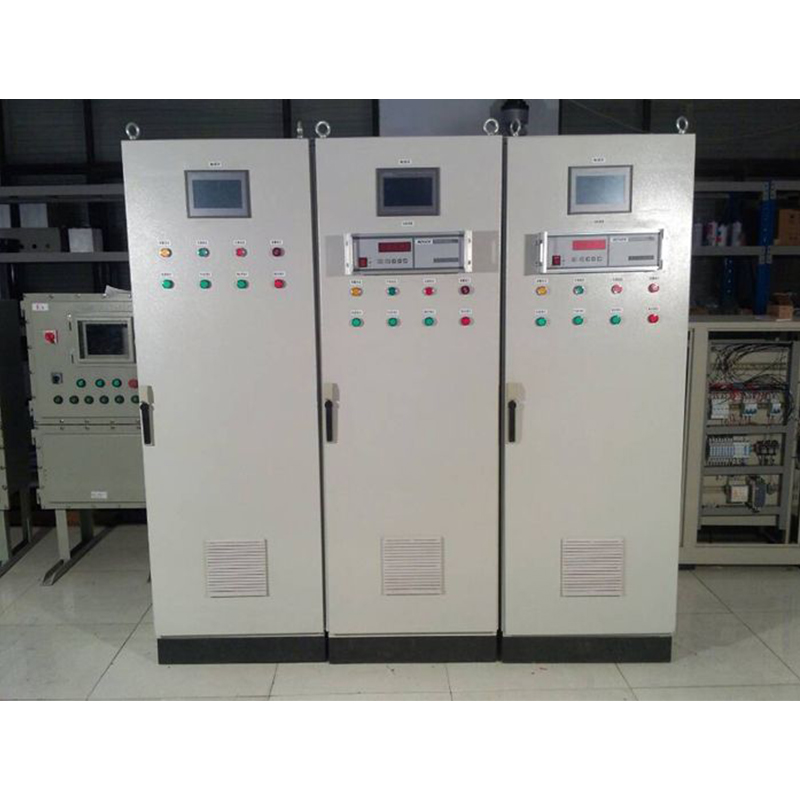
Dec . 10, 2024 05:02
Back to list
gas pressure regulator valve
Understanding Gas Pressure Regulator Valves A Key Component in Gas Systems
Gas pressure regulator valves are critical components in various industries, including residential and industrial applications, where controlled gas flow is essential for safety and efficiency. These valves play a pivotal role in maintaining a stable and appropriate pressure level for gases such as natural gas, propane, and other fuel gases.
What is a Gas Pressure Regulator Valve?
A gas pressure regulator valve is a device that automatically reduces and regulates the pressure of gas from a supply source to a desired output pressure. This process is crucial because gases are stored at high pressures, and without regulation, they could cause damage to equipment or pose safety hazards. The primary function of the regulator is to ensure that the gas delivered to appliances or systems is at a safe, usable pressure.
How Does a Gas Pressure Regulator Work?
The operation of a gas pressure regulator valve involves a few key components the inlet and outlet ports, the diaphragm, and the spring mechanism. When gas flows into the regulator, it exerts pressure on the diaphragm, which moves in response to the pressure changes. The spring mechanism works in conjunction with the diaphragm, creating a feedback loop that adjusts the gas flow.
1. Inlet Pressurization High-pressure gas enters the regulator through the inlet port. 2. Pressure Regulation As the gas pushes against the diaphragm, it compresses the spring. If the output pressure exceeds the desired level, the diaphragm moves to close off the inlet slightly, thereby reducing further gas flow. 3. Stable Output Alternatively, if the output pressure drops below the desired level, the spring expands, allowing more gas to flow through the regulator and stabilizing the pressure.
Importance of Gas Pressure Regulators
Gas pressure regulators are vital for several reasons
gas pressure regulator valve

1. Safety High-pressure gases can be dangerous if not managed correctly. Regulators help prevent overpressure conditions that can lead to leaks or explosions. 2. Efficiency By maintaining optimal pressure, regulators ensure that gas-powered appliances (like heaters and stoves) operate efficiently, thereby saving energy and reducing costs.
3. Performance Many industrial processes require precise gas pressures for optimal performance. Regulators help to provide the necessary conditions for chemical reactions, combustion, or other processes.
4. Compliance Various safety regulations require the use of gas pressure regulators in certain applications, making them essential for legal compliance in industrial and commercial settings.
Applications of Gas Pressure Regulators
Gas pressure regulators are used across a wide range of applications
- Residential In homes, regulators control the flow of natural gas to appliances like water heaters, ovens, and furnaces. - Industrial In manufacturing and processing, regulators ensure that gas supply remains stable for operations such as welding, cutting, or heating. - Medical In healthcare settings, regulators control the delivery of medical gases to ensure patient safety and comfort.
Conclusion
Gas pressure regulator valves are indispensable in ensuring the safe and efficient use of gas in various applications. By maintaining stable gas pressure, these devices protect equipment and users alike while optimizing performance and energy use. Understanding how these regulators work can help individuals and businesses make informed decisions when selecting and maintaining gas systems, ultimately contributing to safety and efficiency in gas consumption. Whether for residential use or industrial applications, investing in a reliable gas pressure regulator is essential for effective gas management.
Latest news
-
Safety Valve Spring-Loaded Design Overpressure ProtectionNewsJul.25,2025
-
Precision Voltage Regulator AC5 Accuracy Grade PerformanceNewsJul.25,2025
-
Natural Gas Pressure Regulating Skid Industrial Pipeline ApplicationsNewsJul.25,2025
-
Natural Gas Filter Stainless Steel Mesh Element DesignNewsJul.25,2025
-
Gas Pressure Regulator Valve Direct-Acting Spring-Loaded DesignNewsJul.25,2025
-
Decompression Equipment Multi-Stage Heat Exchange System DesignNewsJul.25,2025

